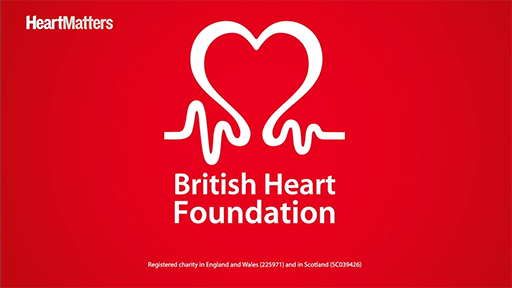2 The benefits of physical activity to physical and mental health
In this section you will complete two activities to gain a greater understanding of the benefits of physical activity. In Activity 2 you will examine what happens in the body when you are physically active that allows you to reap the benefits of participation. In Activity 3 you will hear from Dr Florence Kinnafick, an exercise psychologist, who explains the benefits of physical activity to mental health in more detail.
Activity 2
You have seen that there are a number of benefits of physical activity, but what is it that happens in the body for this to occur? Watch Video 1, which provides a useful overview and then complete the sentences below, using the words provided. (You can type into the gap or copy and paste from the list of words.)

Transcript: Video 1 What happens inside your body when you exercise?
[TEXT ON SCREEN: What happens inside your body when you exercise?]
Missing words: anxiety • capillaries • endorphins • increases • insulin • lowering • memory • muscle • oxygen • positive • weight
Discussion
In addition to the benefits outlined in the video, regular physical activity throughout life can reduce the risk of many musculoskeletal conditions, including arthritis, back pain, neck pain, falls and fractures (Fenton, 2016). This addresses the reported implications of caring for adults with physical disabilities discussed in Session 1.
Activity 3
In the following interview Dr Florence Kinnafick, Senior Lecturer in Psychology from Loughborough University, discusses the benefits of physical activity to mental health.
Listen to Audio 1 and note down the key benefits of physical activity to mental health. Reflect on how these are of particular importance to carers, given the mental health implications from the caring role discussed in Session 1.
Transcript: Audio 1
Discussion
One point that Dr Kinnafick emphasised was that there is not a simple linear relationship between physical activity and exercise and its benefits to mental health, i.e. taking part in physical activity makes you feel better. She describes a more complex relationship with a number of mediating factors that we need to consider, such as the type and context of the physical activity participated in.
In terms of benefits of physical activity and exercise to mental health, Dr Kinnafick discussed the following:
- Reduced stress and anxiety – whether as a release or a period of time during which the individual is not thinking about their worries and so can relax.
- Improved energy levels (and reduced fatigue) – helping to improve symptoms linked to depression.
- Improved happiness.
- Improved sleep.
- Reduced loneliness if exercising with others.
- Improved body image and self-perception.
You might have reflected that, through these benefits, physical activity and exercise could offer carers relief to the symptoms associated with the caring role, such as poor sleep and increased stress and anxiety.
Now listen to Audio 2 and reflect on the amount of physical activity that carers might need to participate in to access the benefits discussed above.
Transcript: Audio 2
Discussion
While Dr Kinnafick noted that there were no current guidelines for the required amount of physical activity to offer optimum benefits to mental health, she discussed that due to the likely inactivity of those with poor mental health, any increase in activity levels will offer some benefit. You might recall the information from Session 1 where evidence for the higher incidence of poor mental health in the caring population was presented. As such, you might have reflected that carers, a population with poor mental health and thus the potential to be more sedentary, would gain from even small amounts of physical activity to access the benefits listed above.
In the next section, you will consider in more detail exactly how much physical activity is needed to achieve the benefits Dr Florence Kinnafick mentions.
